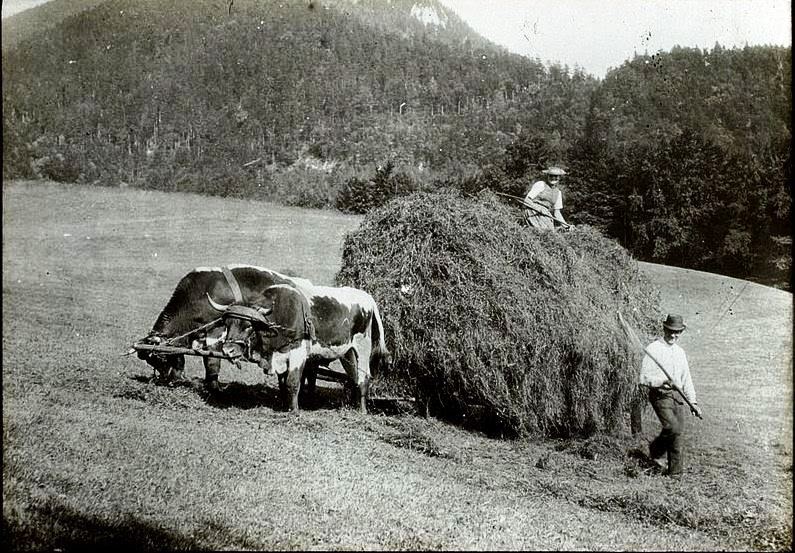I have been doing genealogical research since 1985 and one of the biggest needles in the hay stack I encountered was to document relationship terms that I frequently found.
This was once a stumbling block for me so after researching the correct interpretation of genealogical records and how relationship terms were used to denote degrees of relationship, I found that sometimes these terms have different meaning than they have today.
Brother: Besides its obvious meaning, could indicate
any one of the following relationships by blood or marriage:
- husband of one’s sister,
- brother of one’s wife,
- husband of one’s sister-in-law,
- half brother,
- stepbrother,
- sometimes did not indicate any relationship by blood or marriage but rather used to refer to a brother in the church.
In-Laws: “Father-in-law” or Mother-in-law” could mean
step-father or step-mother. “Son-in-law”
or “Daughter-in-law” could also be step-son or step-daughter.
Junior/Senior: Prior to nineteenth century it is not safe to
assume that the use of the terms “Senior” and “Junior” refers to father and
son. SR could be used to designate the
elder person of the same name in the community or JR the younger. Keep in mind that a man known in his younger years as JR, may have been known as SR after the death of the older man.
Cousin: Once used generally to indicate almost any
degree of relationship by blood or marriage.
Early New England used to refer to nephew or niece.
Nephew: The term derives from Latin “Nepos”, meaning
grandson. Occasionally it refers to the
testator’s grandchildren, both males and females.
“Natural
Son”: The researcher should not jump to
the conclusion that it denotes an illegitimate relationship. It always indicates a relationship by blood
to distinguish from marriage or adoption.
“Alias”:
(Also known as) Use of two surnames,
joined by the word “alias” may indicate an illegitimate birth and that the
person has joined the surname of his reputed father to that of his mother. Other reasons for the use of two
surnames: when children inherited through
their mother they used both the father and mother’s names. Sometimes the name of the natural father, who
had died, was joined to that of a stepfather.
Adoption, the original name and the name of adoptive parent were
sometimes used together.
“Now
wife”: Does not always mean there was a
former wife. Could mean present wife.
Never building to much faith on the casual mention of relationship terms in early records. Conclusions about the relationship between any two people must rest on a preponderance of all the available and documented evidence.
Need Help With Your Genealogy
Copyright (c) 2014
Need Help With Your Genealogy
Copyright (c) 2014
